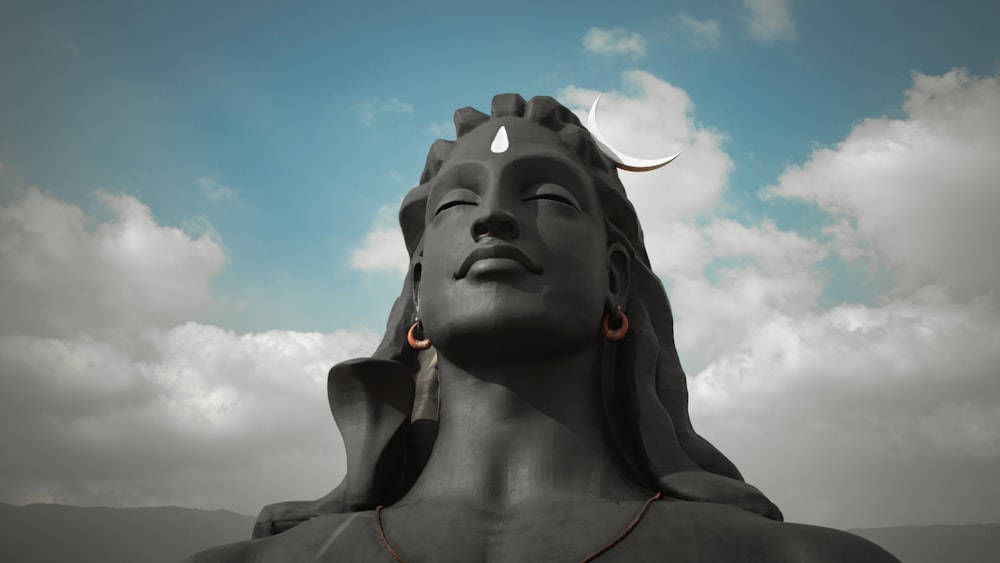Importance of Shravan Mass in Kashmiri Culture | Sneak Peek into Shravan Mass as per Kashmiri Culture | Shravan Mass as the holiest month as per Kashmiri Culture
There are several festivals that Kashmiri Pandits celebrate, and most of them are dedicated to Lord Shiva.
For several centuries, Hindus across the world have adhered to the teachings of several beautiful and eye-opening Vedas and religious books. There are different ways by which everyone celebrates a particular festival, but the core of the festivity remains the same for everyone across the community.
Today we are going to talk about the Importance of Shravan Mass in Kashmiri Culture;
Shravan Mass Month's importance in Indic Culture/Kashmiri Culture is mainly dedicated to Shiva.
- Shravan Mass usually falls in July to August
- This month is of great reverence for Kashmiri Pandits as Lord Shiva is worshiped in this month and this month is mainly devoted to Lord Shiva.
- The pilgrim to the Holy Cave of Shri Amarnath takes place in the month of Shravan Mass.
- The pilgrim to Shri Amarnath Swami culminates on Shravan Pooranmashi.
- As a tradition, the Holy Mace of Lord Shiva is taken to Amarnath Jee Cave by the Devotees of Lord Shiva in the name of "Schari".
- Shravan purnmashi has great importance in Kashmiri Culture and this festival is celebrated with great respect and reverence.
- As in other other parts of India this Shravan Mass is the month dedicated to Lord Shiva and Kashmiri people who always are devotees of Lord Shiva, celebrate every day of the month in the name of Lord Shiva.
- This festival was a very important festival in Kashmir valley and everyone in the valley used to visit different Places of worship on Day 8. It was a tradition in Srinagar city to visit Shankaracharya Temple located on a hill in the center of the city opposite the famous Dal lake.
- The Shankaracharya Temple is being visited by all the devotees on this Shravan Poornamashi Day and is also called Raksha Bandhan Day.
- In Kashmiri Culture and customs, on Shravan Poornamashi all the family members used to fast for the day and used to pray Lord Shiva after making an idol of Lord Shiva, Mata Parvati, and their family from holy clay brought from Shankaracharya Temple.
This festival is celebrated with great respect and love and blessings for all are sought from Lord Shiva. The idols so made from the clay brought from Shankaracharya Temple are called Parthishuwra and all prayed to these duties and sought their blessings.
People used to visit the following Asthapans and temples on Shravan Poornamashi;
- Thagivaur temple in Bijbihara
- Verinag Yatra at the source of Veth
- Chandra Swamin yatra, etc.
Shravan month is considered one of the holiest months in the year as per the Hindu Calendar. It is the 5th month in the Hindu Calendar.
Why is this month called Shravan?
It is believed that on Pooranmashi or full moon day or at any time during this month, the Shravan Nakshatra or star rules the skies, and hence, this month derives its name from this nakshatra.
The Shravan month is synonymous with auspicious festivals and events. It is the best time to conduct all-important religious ceremonies, as almost all days in this month are auspicious for shubh arambh, i.e., a good start as its ruling deity is Lord Shiva.
During this month, each Monday is celebrated as Shravan Somwar across all temples with the Dharanatra hanging over the Shiva Linga, bathing it with holy water and milk, throughout the day into the night. Devotees offer Bael leaves, flowers, holy water, and milk, i.e., Falam-Toyam, and Pushpam-Patram to Lord Shiva.
What is the significance of Lord Shiva in Shravan Month?
The Samudra Manthan is a very important episode as per the Puranas. The churning of the milky ocean, i.e., Samudra Manthan in search of Amrit, took place during the month of Shravan. During the churning, 14 different rubies emerged from the ocean. 13 rubies were divided among the devas and the asuras, however, Halahal, the 14th ruby remained untouched as it was the deadliest poison that could destroy the whole universe and every living being. Lord Shiva drank the Halahal and stored the poison in his throat. Due to the impact of the poison, his throat turned blue and he came to be called as Neelkanth.
Such was the impact of the poison that Lord Shiva wore a crescent moon on his head and all the devas started offering water from the holy river of Ganges to Lord Shiva to reduce the effects of the poison. Both these events took place in the Shravan Mass and therefore, it is considered very auspicious to offer holy Ganga water to Lord Shiva in this month.
by Mikhail Agapov
Thu, 14 Jul 22 16:14:22
by Pt. Ravi Dhar
Mon, 29 Jan 24 12:22:57
Topics
Jammu & Kashmir - History, Culture & Traditions | J&K Current Trends | Social Network | Health | Lifestyle | Human Resources | Analytics | Cosmetics | Cosmetology | Forms | Jobs
Related blogs
Haar Navmi Importance and Celebration in Kashmiri Culture | All you need to know about Haar Navmi |...
Ashad Shukla Paksh Navami is the Divine Birthday...Kashmiri Pandit Community - At the cross roads
On the 7th of this month, our worthy PM will be...Kashmiri Pandit Community - A Perspective
We all have lost two generations of ours, waiting...Kashmir’s Traditional Miniature Art – a Heritage Conserved
The blessed land of Rishi Kashyap, Kashmir became...
Quote of the Day
"Time Flies Over, but Leaves its Shadows Behind"



